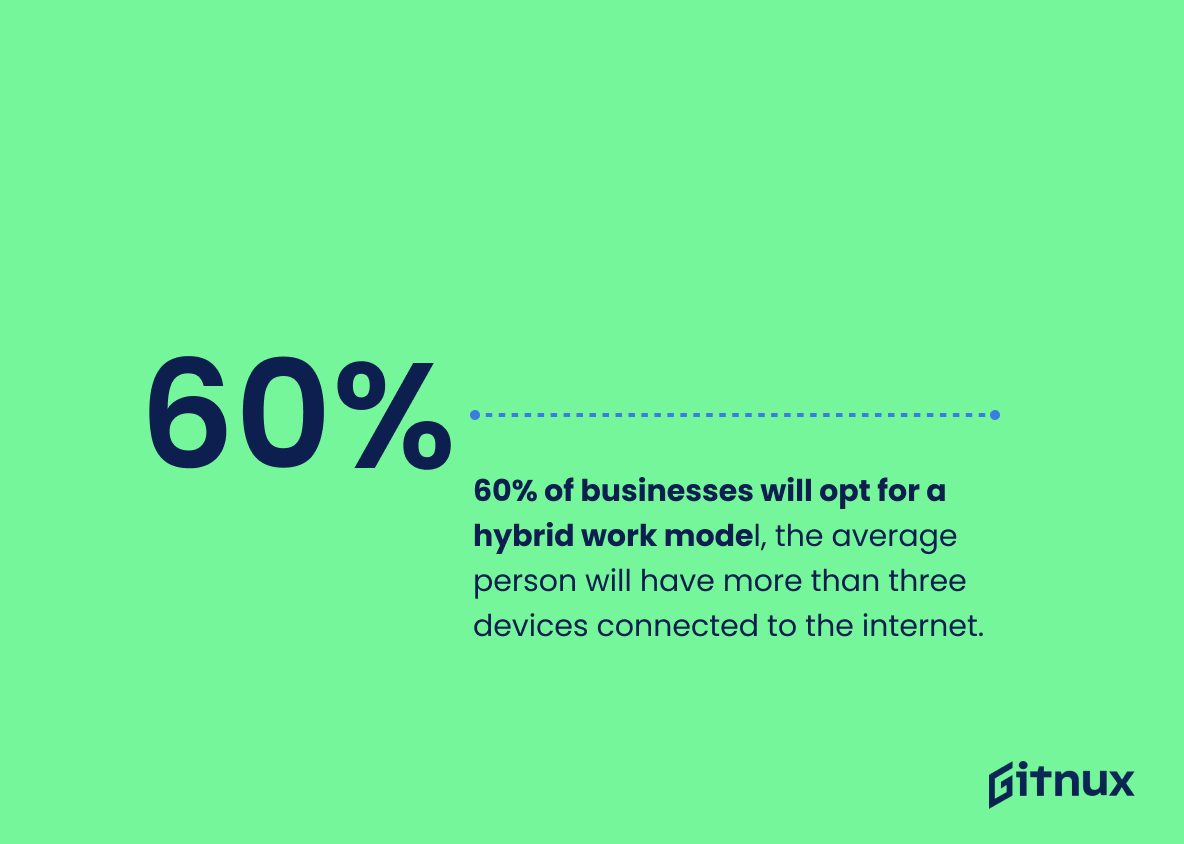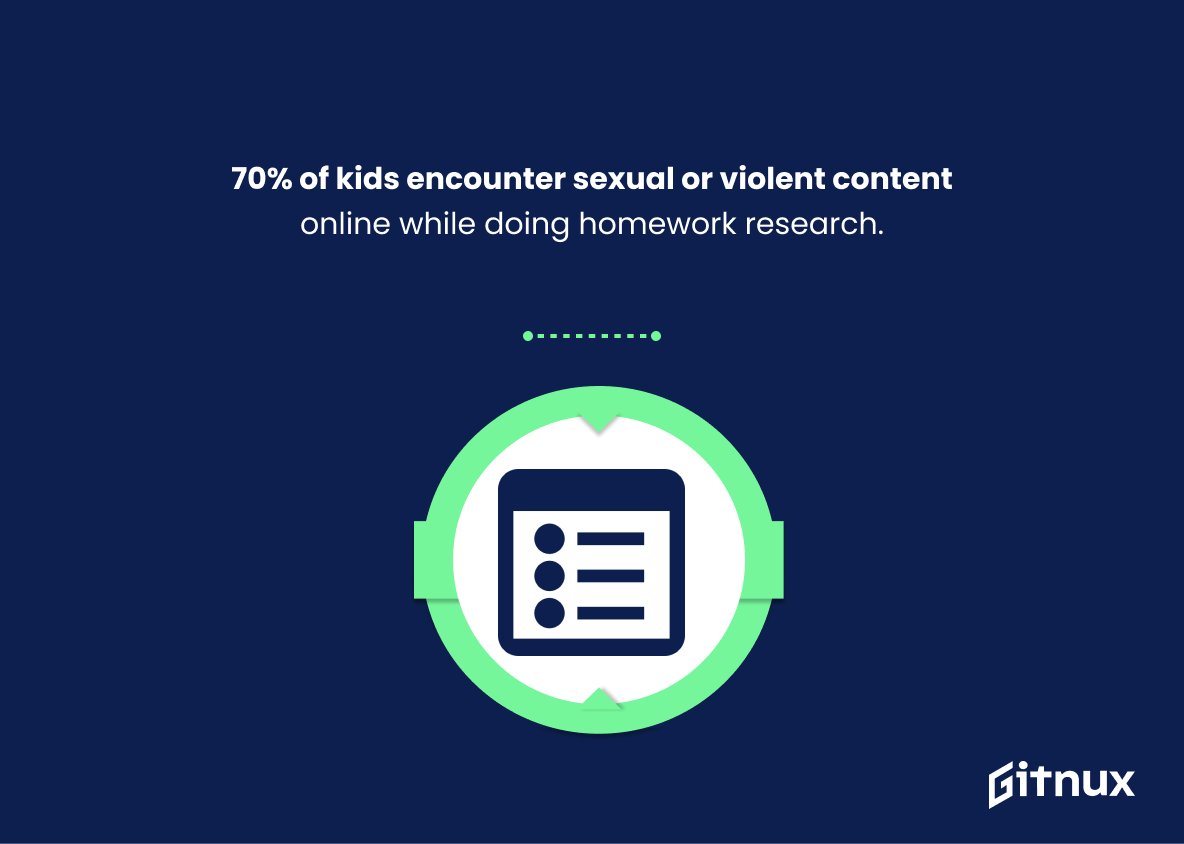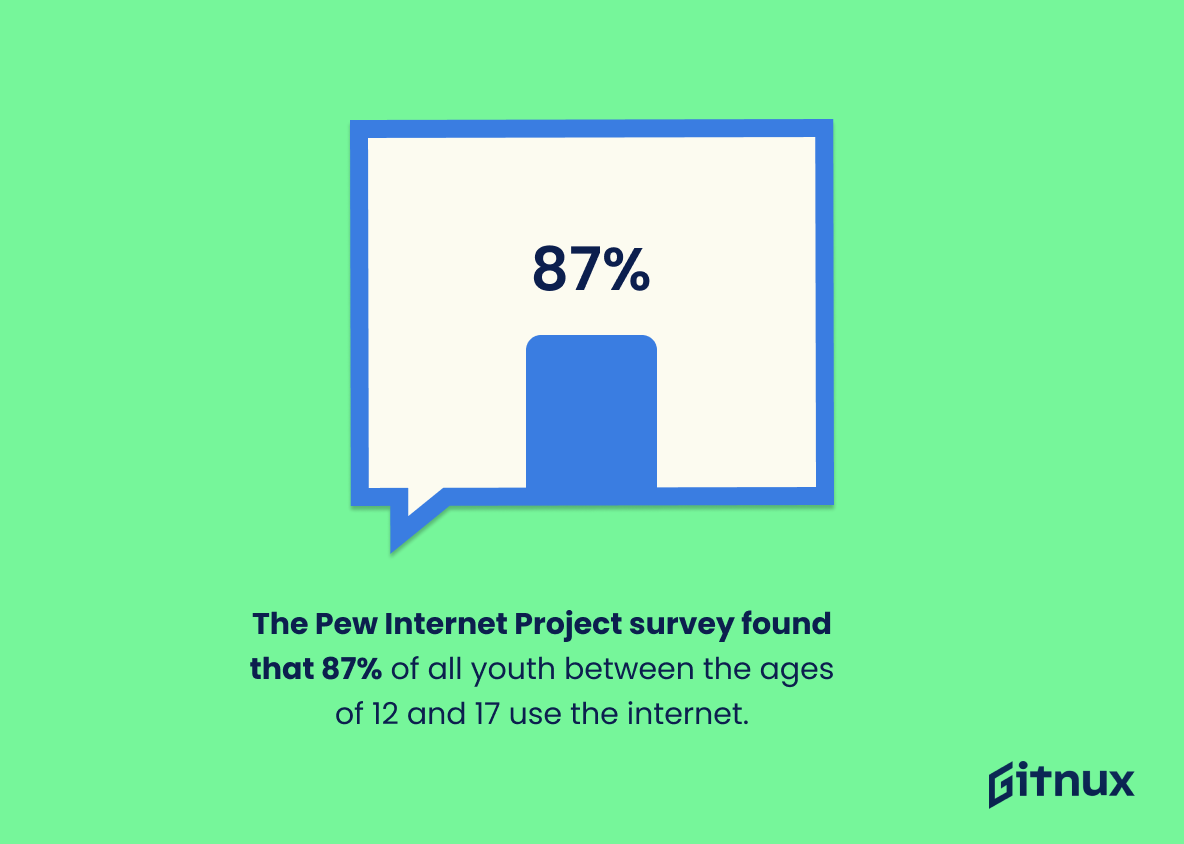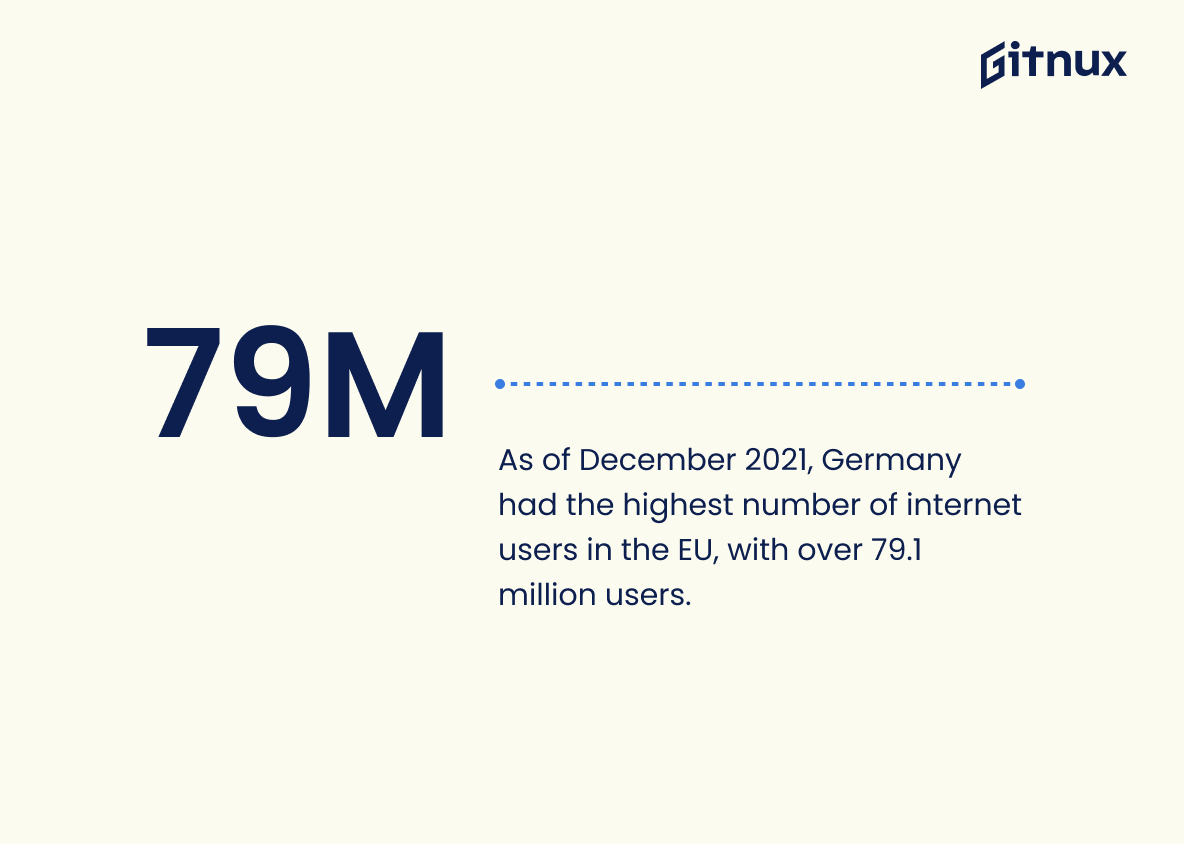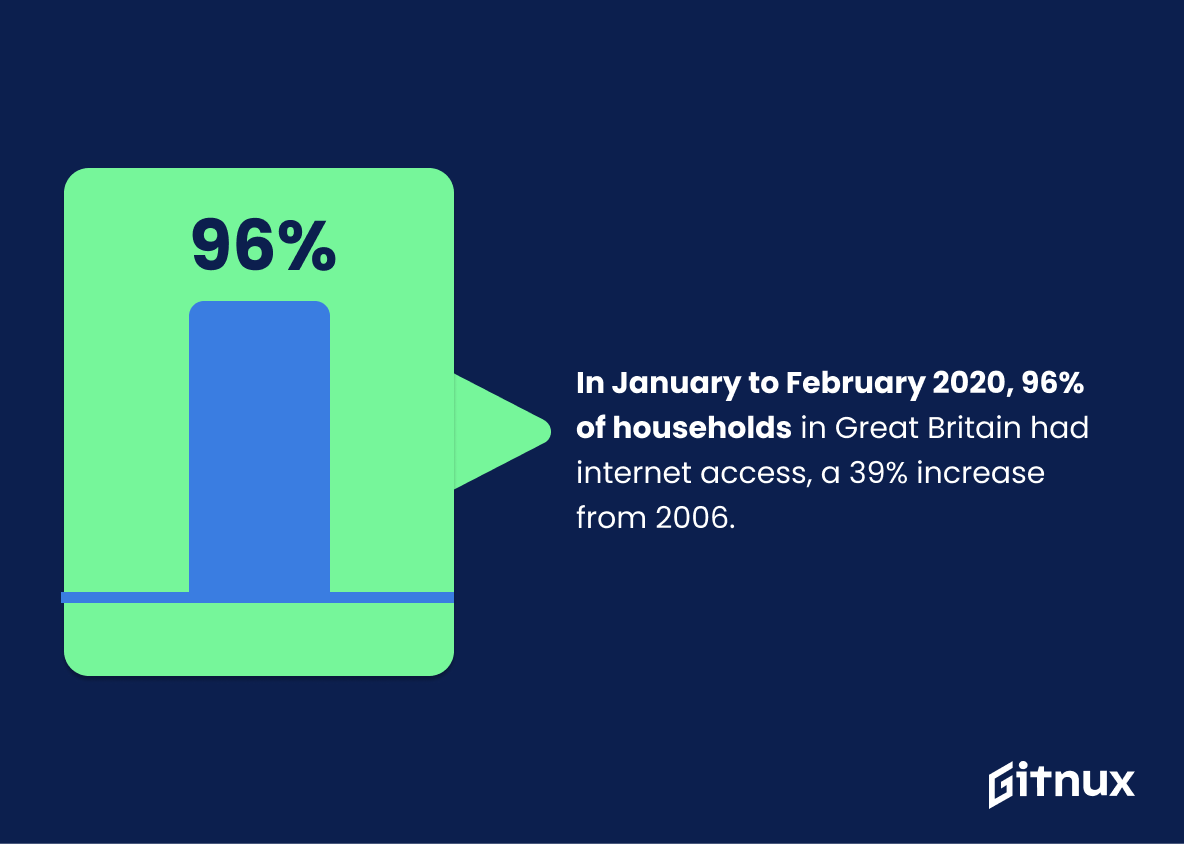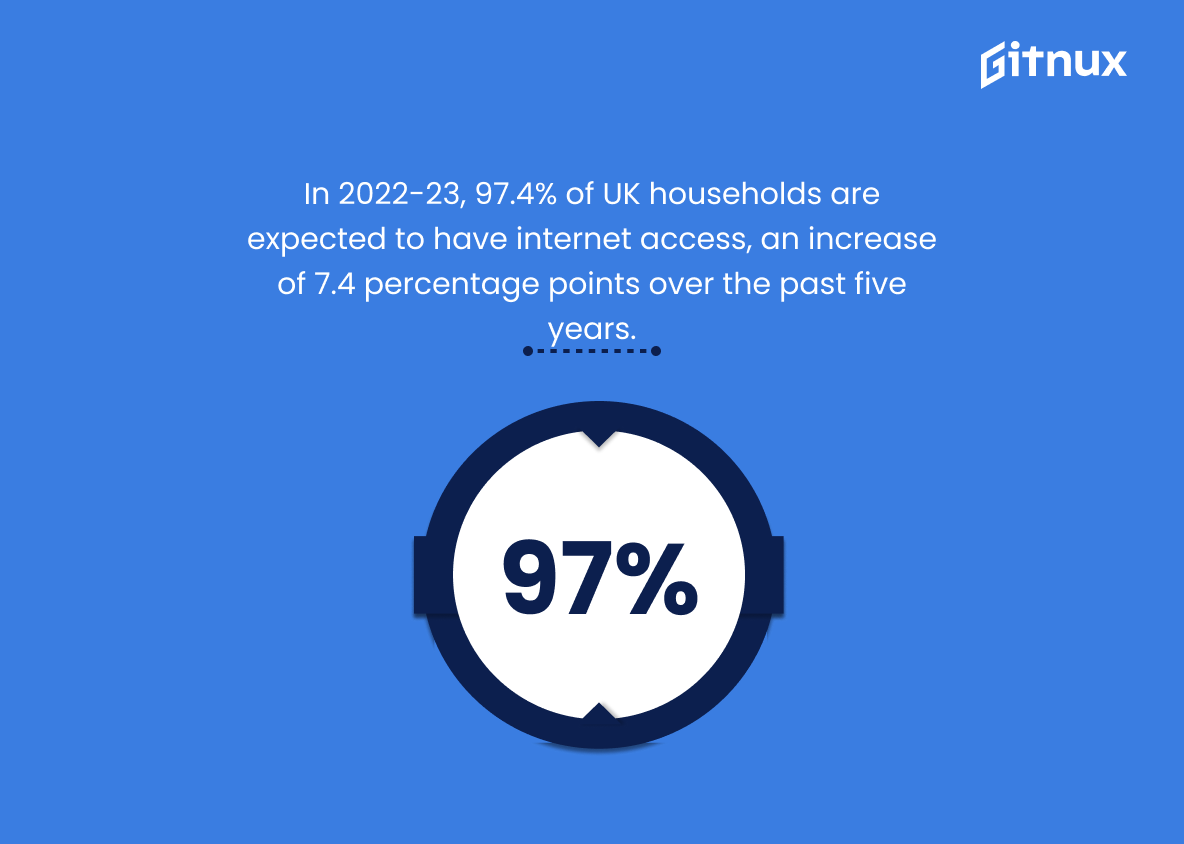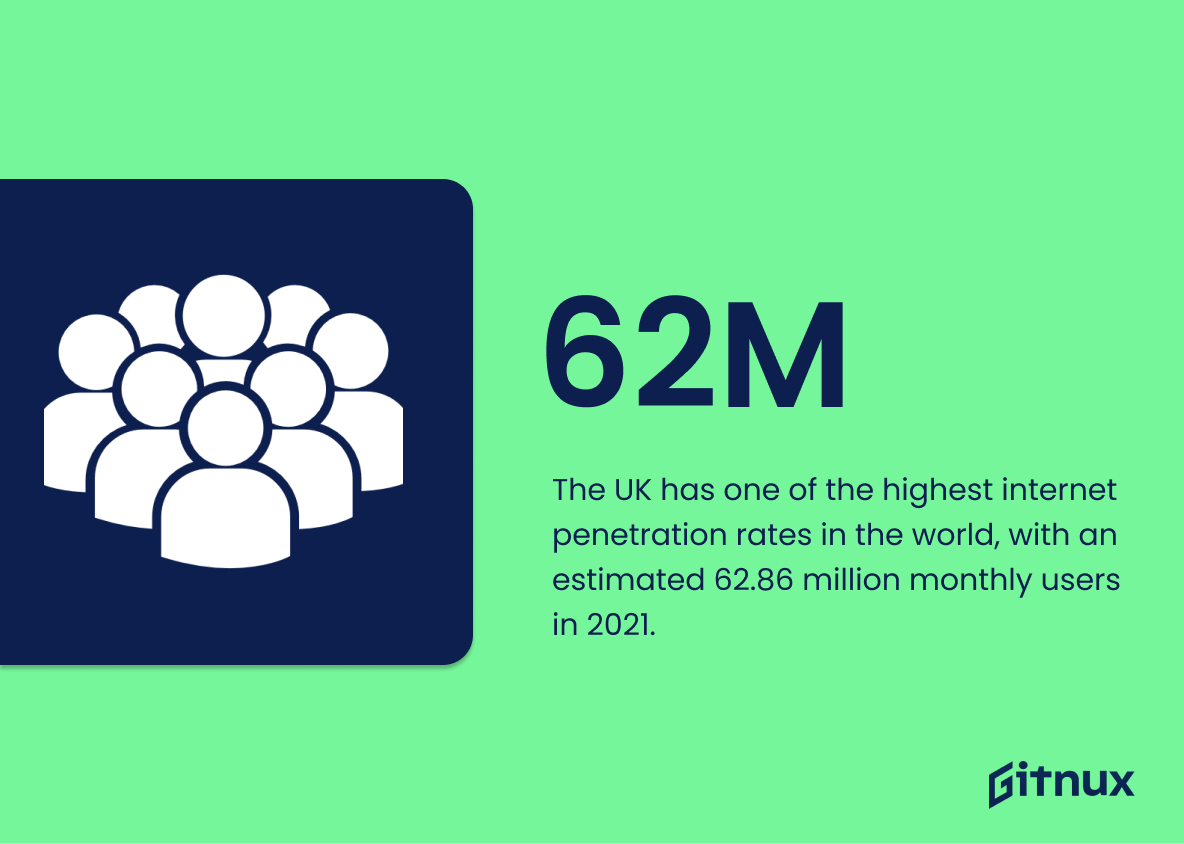The internet has become an integral part of our lives, and it is no surprise that there is a wealth of data and statistics available about its use and impact.
In this blog post, we will explore some of the most interesting and important internet statistics and discuss how they can help us better understand the internet and its impact on our lives. We will also look at how these statistics can be used to inform business decisions and strategies. So, let’s dive in and explore the world of internet statistics.
Internet: The Most Important Statistics
70% of kids encounter sexual or violent content online while doing homework research, and cyberbullying is a major issue, with 16% of high school students considering suicide due to it.
As of December 2021, Germany had the highest number of internet users in the EU, with over 79.1 million users, and 91% of households in the EU had access to the internet in 2020.
Internet Statistics Overview
29.6% of the participants used mobile phone exclusively, 58.8% used mobile along with other devices, and 64% reported a change in productivity due to nonwork-related Internet use.
By 2023, 65% of the world will be protected by data privacy laws, workplace productivity and satisfaction will increase by 8.5% and 3.5% due to wearable tech.
60% of businesses will opt for a hybrid work model, the average person will have more than three devices connected to the internet.
Investments in digital transformation will reach $2.8 trillion by 2025, 70% of people are optimistic about increasing automation in the workplace.
75% of executives plan to increase staffing for digital security roles.
AI augmentation will create 97 million jobs by 2025, and over 50% of people think technology will determine workplace changes in the next five to 10 years.
These internet statistics demonstrate the increasing need for data privacy laws as well as the potential of wearable tech to improve workplace productivity and satisfaction.
70% of kids encounter sexual or violent content online while doing homework research, and cyberbullying is a major issue, with 16% of high school students considering suicide due to it.
This is a concerning statistic as it shows that online safety of kids is poor and that parents are unaware of the dangers their children face.
In 2021, nearly all children went online (99%), with the majority using a mobile phone (72%) or tablet (69%) to do so.
However, 36% of primary school-age children did not always have access to an adequate device for online learning, compared to 17% of secondary-age children.
This highlights the digital divide between primary and secondary school-age children and the need for better access to technology for all children.
The Pew Internet Project survey found that 87% of all youth between the ages of 12 and 17 use the internet, a 45% increase since 2000, representing 21 million people.
The results showed that students who reported using Internet the longest had, on average, the lowest mathematics scores in all tests across 3 years.
As of December 2021, Germany had the highest number of internet users in the EU, with over 79.1 million users, and 91% of households in the EU had access to the internet in 2020.
70% of homes in the European Union had high-speed internet coverage in 2021, a 54% increase from 2013. The increased access to high-speed internet can help to bridge the digital divide and provide more people with access to the internet and its resources.
In January to February 2020, 96% of households in Great Britain had internet access, a 39% increase from 2006.
This growth is likely due to the increased availability of internet services and devices, as well as the increased use of online services for communication, entertainment, and work. It is also important for understanding the current state of internet access in Great Britain, and for determining how to best provide internet access to those who do not currently have it.
In 2022-23, 97.4% of UK households are expected to have internet access, an increase of 7.4 percentage points over the past five years.
The 0.3 percentage point rise in 2022-23 alone is significant as it shows the continued growth of internet access among UK households.
The UK has one of the highest internet penetration rates in the world, with an estimated 62.86 million monthly users in 2021 and projected to reach 65 million by 2026, spending an average of 25 hours a week online.
It shows the increasing reliance on the internet in the UK, and how the country is keeping up with the global trend of internet usage. It also displays the potential for growth in the UK’s digital economy, as more people are accessing the internet and spending more time online.
Conclusion
In conclusion, the Internet has become an integral part of our lives, and its usage continues to grow. With the rise of social media, streaming services, and other online activities, the Internet has become an essential tool for communication, entertainment, and information.
The statistics presented in this blog post demonstrate the incredible reach of the Internet and its influence on our lives. As the Internet continues to evolve, it is important to stay informed about its usage and its impact on our lives.
References
1 – https://www.ncbi.nlm.nih.gov/pmc/articles/PMC5299818/
2 – https://teamstage.io/technology-in-the-workplace-statistics/
3 – https://safeatlast.co/child-security/kids-online-safety/#gref
4 – https://www.ofcom.org.uk/__data/assets/pdf_file/0024/234609/childrens-media-use-and-attitudes-report-2022.pdf
5 – https://www.pewresearch.org/internet/2005/08/02/the-internet-at-school/
6 – https://stemeducationjournal.springeropen.com/articles/10.1186/s40594-021-00287-y
7 – https://www.statista.com/statistics/252753/number-of-internet-users-eu-countries/
8 – https://www.weforum.org/agenda/2022/09/eu-high-speed-internet-digital-divide/
9 – https://www.ons.gov.uk/peoplepopulationandcommunity/householdcharacteristics/homeinternetandsocialmediausage/bulletins/internetaccesshouseholdsandindividuals/2020
10 – https://www.ibisworld.com/uk/bed/percentage-of-households-with-internet-access/2717/
11 – https://musiciansunion.org.uk/career-development/career-guides/musicians-wellbeing-guidance-pack/musicians-and-mental-illness-what-is-being-done-to-help
ZipDo, cited June 2023: Internet Statistics


